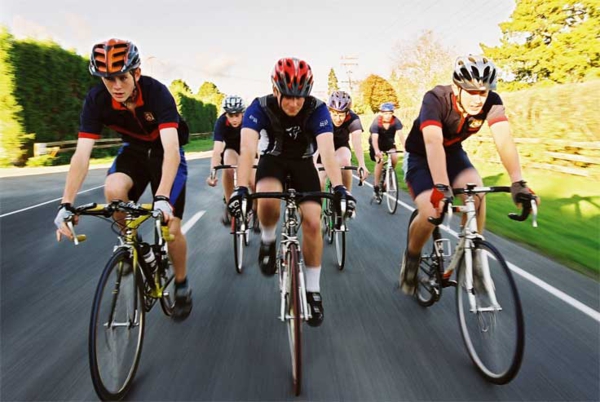Like many professional sports, cycling has had problems keeping performance enhancing drugs out of their athletes. As a result of the rigorous physical demands of the sport and the riches and fame that come with being successful, it is clear to see why many athletes are willing to take the risk in terms of both their reputation and their long-term health. How much of a problem is doping in professional cycling? Here is glimpse into the reality of the situation.
The Cheaters and their Reasoning
Winning major International cycling events means that a cyclist will instantly be rewarded with a large paycheck and a place in the racing spotlight. It typically translates into a desire to stay on top and experience all that the life of being a top-ranked cyclist has to offer. It is clear to see why even the most competitive and confident cyclists are tempted by the many forms of doping.
Many athletes come to terms with the moral compromise of cheating by focusing on the fact that they are providing for their families. In such a case, any man can be turned into a cheater. The statistics are obviously unclear about the total percentage of racers that are doping, but folks privy to the world of PEDs have surmised that as much as 25 percent of the field is trying to get a leg up on the competition by artificial means, although people that are confident in the testing system and the general morality of man have put the figure closer to 5 percent.
The Many Available Options
The main reason that doping is, has been and likely will continue to be a problem in cycling is the fact that there are so many effective approaches available to a cyclist that is ready to break the rules. Old-school blood doping involves stockpiling a surplus of red blood cells and them getting them into the cyclist’s blood stream right before a race, which can boost their energy levels and endurance dramatically. The modern way to do this is through a drug known as EPO, which wasn’t even tested for until the turn of the millennium. Steroids of all kinds are still turning up in the blood of unscrupulous cyclists, as are amphetamines. Both are synthetic ways of tricking the body into being at peak level for long periods of time.
The Big Names that got Busted
The fact that many of the sport’s most popular and successful riders have either been busted for performance enhancing drugs of heavily accused of dabbling in them is a testament to just how much of a problem that cycling has on their hands. German cycling legend Jan Ullrich became involved in blood doping toward the end of his career and admitted to such after his retirement from the professional ranks. An endless swarm or rumors and allegations have surrounded 8-time Tour de France winner Lance Armstrong, who is basically the biggest name in the history of professional cycling.
Anthony is a cycling enthusiast and Manager of a chain of bike shops in Perth, Australia. He believes doping is a major problem in professional cycling but the offenders will eventually be caught and will face harsh consequences. Away from work, Anthony likes to spend time with his family and go surfing at his local beach.

